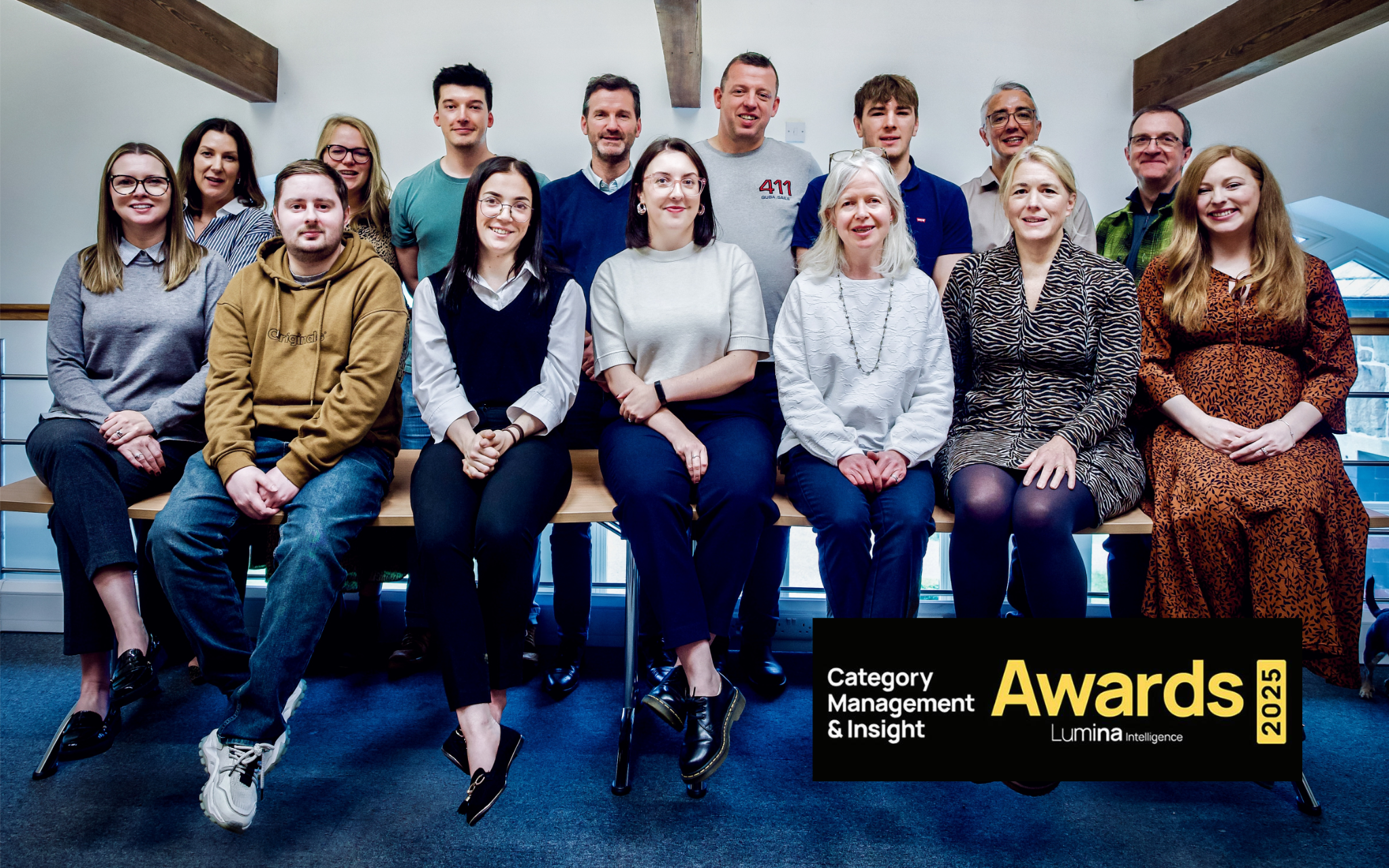Findings from our regular research into consumers and their behaviours/thoughts around Food and Drink tell us that well over half see innovation in food drink as meaningful. 56% of all consumers think that innovation in this sector is typically about delivering variety, value and choice, while less than a third take a more pessimistic view and think innovation merely gives brands the ability to add more expensive options and/or charge more. Younger consumers are far more likely to see new products as added value while older consumers conversely, are likely to take a rather cynical view of manufacturer motivations. We are yet to find out how well M&S, with its older than average consumer, has done with its Magic Coffee, but given the general skepticism of the 55+ consumer it’s probably fair to assume that take up of tea may not be tanking quite yet.
Fitting with the way in which Prime drink has made its way on to our zeitgeist, 13 % of 18-34 yo consumers tell us that they have found out about a recent food & drink innovation via social media through a promotion or a recommendation from someone they follow. The importance of ‘social influence’ in marketing new products is further amplified when you consider that 22% of 18-34 yo consumers have found out about a new innovation from friends and family. The importance of friends and social media is significantly lower for consumers older than 35 where a large part of their journey to discovering new products still involves in-store browsing. Knowing your target audience is therefore crucial when it comes to new product launches and communications plans.
An interesting similarity of both Prime and Magic Coffee launches was that they both included an element of exclusivity, one limited to a retailer and the other by scant distribution and constrained capacity. With thousands of products launched each year and, in most cases, starting their journey with limited distribution, it would be reasonable to assume that consumers may not always find the products they have heard about. This certainly was the case for Prime. When we asked consumers how difficult they typically find locating new products, the vast majority seem to think it’s fairly or very easy, with only 13% of consumers admitting to struggling with locating new products. A question such as this, of course fails to account for the ‘chance discoveries’ that still are relevant for all consumers, but manufacturers should be reassured that consumers by and large feel it’s reasonably easy to locate innovations even in our omni-channel world.
But while attitudinally there is a great deal of enthusiasm for innovation, the reality is that habits and autopilot still rule when it comes to grocery shopping. So, breaking through at point of purchase will still require a small miracle. Understanding the target audience and how they discover new products as well as what they look for from them could make or break a new launch. Generally speaking, healthier products are the number one priority for both men and women, increasing in importance with age. Women, however, have far greater interest in manufacturers developing more environmentally friendly products and are significantly less interested in indulgence compared to men.
Ultimately, innovations for many, are still a novel diversion from their fixed routines, with 66% of consumers admitting to buying new products less frequently than once per month. With average household still making weekly trips to retailers, this means the window of opportunity for ‘conscious seeking’ of innovations is incredibly limited. And this is where the genius of Prime comes in, mobilizing an army of millions of followers across social media created a greater level of initial demand than a mere shelf placement and traditional launch activation could ever achieve. What remains unproven though, as is the case with any launch, is how much of a shelf-life remains once the initial trial hype dies out.
More insights on the role of innovation are explored in our recent webinar.
Get in touch with us to review your innovation pipeline today!
To subscribe to our monthly newsletter for more Food & Drink News and Insights, complete the subscription form here. Alternatively follow us on LinkedIn





























.jpg)



















